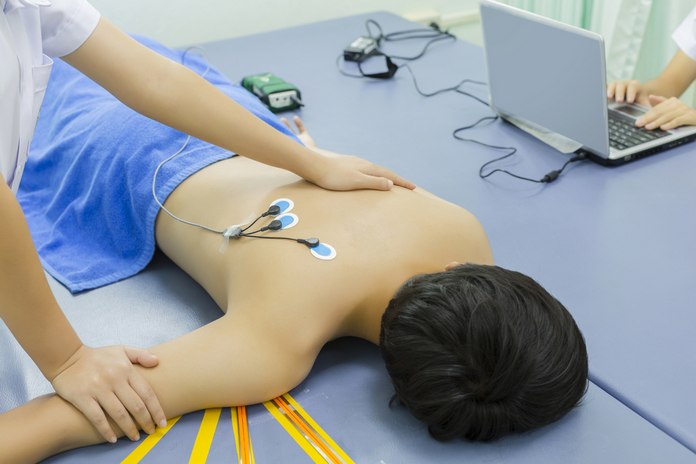Evoked Potential Testing
In evoked potential tests, the doctors record the electrical signals in response to a certain stimulus, and these signals are coming from the nervous system as a response of the given stimuli. In this type of testing, the doctors might use visual stimuli or electrical stimuli to check the response of the nervous system in the patient. In order to give the visual stimuli, the doctors make you watch some moving visual patterns. In contrast, in the case of providing electrical stimuli, the doctors apply short electrical impulses in the legs and arm areas of the body. The electrodes attaching to the patient’s body record how fast the information transfers down your nerve pathways and how long does it takes to process.
The people having relapsing-remitting multiple sclerosis (RRMS), the diagnosis is fairly simple and on the basis of the symptoms of the disease present in the patient. The diagnosis gets the confirmation by a series of brain imaging scans like MRI, which give a clear picture of the patient’s state and the type of multiple sclerosis he or she is having. The diagnosis of multiple sclerosis is very difficult in people who are having unusual symptoms, and the disease is developing more steadily in them. In these types of patients, the doctors suggest and perform further testing with a complete spinal fluid analysis, additional imaging, and evoked potential testing. Moreover, in some cases, the brain lesions do not cause or impart any sort of signs and symptoms in the patient but show up in the scans, and the patient still has some tremors and seizures.

